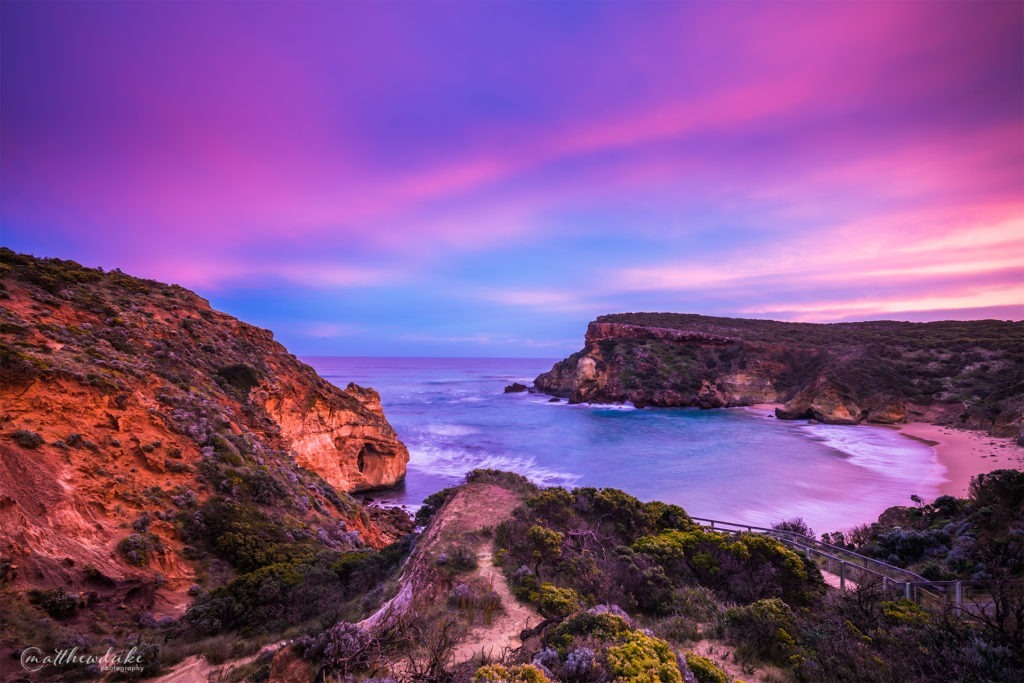Landscape Photography
November 6, 2023
Introduction
Landscape photography is a genre that combines artistic vision with technical expertise to capture the beauty of the natural world. This guide is designed to take you through the essential aspects of landscape photography, from mastering your camera settings to the nuanced art of composition and the final touches in post-processing.
Technical Mastery
Camera Settings and Techniques
Understanding your camera’s settings is fundamental to capturing stunning landscape images. Mastering aperture, shutter speed, and ISO is crucial for controlling depth of field, motion, and noise in your images. Utilize aperture priority mode to manage depth of field, experiment with shutter speed to capture motion creatively, and adjust ISO to balance light sensitivity with image quality.
Advanced Camera Techniques
As you progress, delve into advanced techniques like exposure bracketing, focus stacking, and the use of filters. Exposure bracketing allows you to capture a wider dynamic range, focus stacking ensures sharpness throughout the image, and filters can enhance colors, reduce reflections, and allow for longer exposures in bright conditions.
Understanding Light and Weather
Light and weather are defining factors in landscape photography. Learn to read and anticipate lighting conditions, and don’t shy away from inclement weather, as it can provide dramatic and unique photographic opportunities. Experiment with the golden and blue hours for softer light, and use weather patterns to add mood and atmosphere to your images.
The Art of Composition
Compositional Foundations
Composition is the heart of landscape photography. Start with foundational principles like the rule of thirds, leading lines, and framing to create balanced and engaging images. Pay attention to foreground elements and use them to add depth and interest to your compositions.
Dynamic Composition Techniques
As you gain experience, explore more dynamic compositional techniques. Experiment with visual balance, negative space, and the interplay of shapes and lines to create more complex and compelling images. Understand that composition is not just about placing elements within a frame, but about telling a story and evoking emotion.
Incorporating Movement and Time
Movement and the passage of time can add a dynamic element to your landscape images. Use long exposures to blur moving elements like water or clouds, and consider night photography to capture the movement of stars across the sky. These techniques require a solid understanding of camera settings and stabilization, so practice and patience are key.
Post-Processing Excellence
Raw Processing and Adjustments
Post-processing begins with raw file development. Learn to make basic adjustments to exposure, contrast, and white balance to enhance your images. As you become more comfortable, explore advanced color grading and local adjustments to fine-tune your images and bring your artistic vision to life.
Advanced Editing and Workflow Optimization
Advanced editing involves techniques like luminosity masking, exposure blending, and focus stacking. Develop an efficient workflow to manage and edit large volumes of images, using software like Lightroom and Photoshop to streamline your process. Customized presets and batch processing can save time and ensure consistency across your work.
Preparing Images for Different Outputs
The final step in the workflow is preparing your images for output. Understand the basics of image resizing and sharpening for different mediums, and delve into color management and print profiling for professional-quality prints. Whether you’re sharing your work online or preparing for a gallery exhibition, the right preparation will ensure your images look their best.
Conclusion
Landscape photography is a journey of continuous learning and exploration. Whether you’re just starting out or you’re an experienced photographer, there’s always more to discover and master. Embrace every opportunity to practice, experiment, and refine your skills. With dedication and passion, you can capture the breathtaking beauty of the natural world and share your unique vision through the art of landscape photography.


